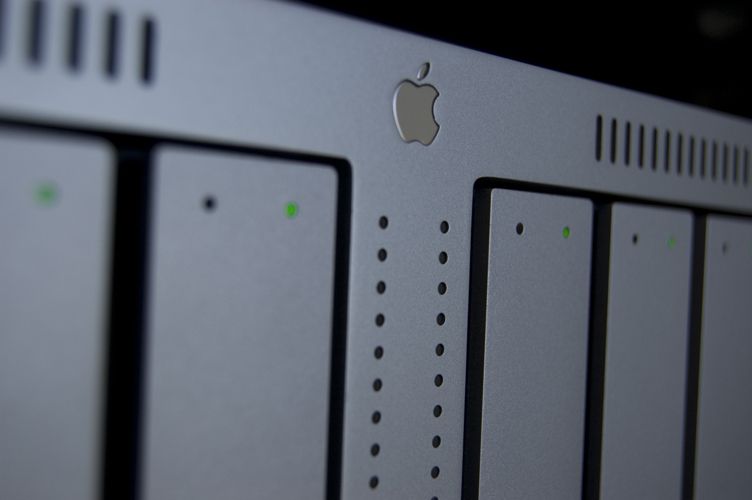As businesses and organizations grow in size and complexity, the demands placed on IT infrastructures and staff multiply exponentially. End users require access to all of the necessary software, applications and productivity tools that they need to get their jobs done. Developers and technical support staff need to develop, test and support applications in any OS that their companies utilize. However, IT administrators and managers are also under constant pressure to reduce hardware acquisition and support costs.
So many demands to meet so many requirements for so many different groups within an organization lead to increasing pressure to consider innovative solutions to meet the needs and solve the problems. IT‐related business issues that are often effectively addressed by innovative solutions such as virtualization technology include:
- New and Underutilized Existing Apple Xserves
- Apple Xserves have traditionally remained non‐virtualized with single application/OS instance despite low utilization and non‐seamless integration into existing Windows and Linux IT infrastructures.
- Cross‐platform Development on the Mac Platform
- Mac OS X is the fastest growing OS for which companies want to develop solutions.
- Developers and Support Technicians increasingly need to support Mac OS X as well as an increasing number of Windows and Linux distrobutions.
- Standardization of Xserve Hardware Platform
- IT shops with Xserve hardware need to run Windows, Linux and FreeBSD but are forced to do so on separate physical machines.
- IT shops seek increased efficiency and more effective administration through consolidation, migration and workload management.
- Managing Mac Server Deployments
- As the number of Mac clients increases, organizations must increase their own numbers of Mac servers to support users.
- Traditional OS deployment (non‐virtualized one server‐one OS) is expensive and time‐consuming to deploy, manage and maintain.
- Business Continuity
- Today’s business continuity requires a 1:1 application/hardware ratio.
- One server‐one OS instance does not allow for cross‐platform business continuity and increased efficiency.
